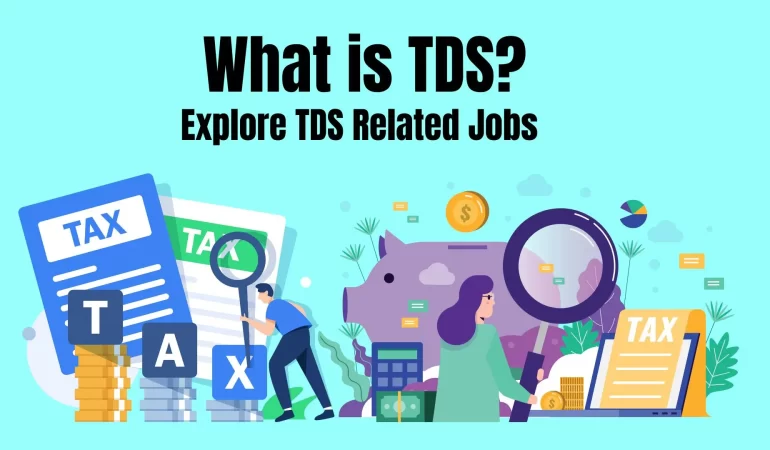What is the Scope After a Tally and GST Course for Accounting and Taxation?
Accounting and taxation have always been integral to businesses, making professionals with expertise in these fields highly valuable. With the introduction of GST (Goods and Services Tax) and the increasing use of digital accounting software like Tally, pursuing an accounting and taxation course specializing in Tally and GST can open multiple career opportunities.
Importance of a Tally and GST Course
A Tally and GST course provides a comprehensive understanding of financial management, taxation, and compliance. Businesses today prefer candidates who can handle accounting processes digitally and ensure GST compliance effectively. This course enables individuals to gain hands-on experience in accounting software, tax calculations, and report generation.
Career Opportunities After a Tally and GST Course
- Accountant
Every company requires accountants to manage financial transactions, recordkeeping, and taxation. After completing a Tally and GST course, individuals can work as accountants in various industries, handling accounts payable, accounts receivable, and tax compliance.
- GST Practitioner
The implementation of GST has increased the demand for professionals who can manage tax filings, compliance, and return submissions. Completing an accounting and taxation course with GST training qualifies candidates to work as GST practitioners, assisting businesses with tax-related services.
- Tally Operator
A Tally operator manages accounting entries, inventory, and payroll using Tally software. Many small and medium-sized enterprises (SMEs) seek professionals proficient in Tally for maintaining their financial records accurately.
- Tax Consultant
With a strong foundation in GST and taxation, individuals can become tax consultants, advising businesses and individuals on tax planning, compliance, and returns. This role requires an in-depth understanding of tax laws and regulatory changes.
- Auditor Assistant
Many businesses and firms hire auditor assistants to ensure compliance with financial regulations. Those who complete a Tally and GST course can assist auditors in reviewing financial statements and ensuring proper tax filings.
- Freelance Accountant and Tax Consultant
For those who prefer self-employment, freelancing as an accountant or tax consultant is a lucrative option. Many startups and small businesses outsource their accounting and taxation work, providing ample opportunities for independent professionals.
- Banking and Finance Sector Jobs
Banks and financial institutions require professionals with accounting expertise. Knowledge of Tally and GST adds value to candidates applying for positions in the banking sector, such as loan processing officers and financial analysts.
Salary Expectations After Completing a Tally and GST Course
Entry-level professionals can earn between ₹15,000 to ₹30,000 per month, while experienced accountants and GST practitioners can command higher salaries, going up to ₹50,000 or more per month.
Industries Hiring Tally and GST Professionals
Corporate Companies
Small and Medium Enterprises (SMEs)
Tax Consultancy Firms
Financial Institutions
Government Departments
Manufacturing Units
Retail Businesses
Skills Gained from a Tally and GST Course
Proficiency in Tally ERP 9 and Tally Prime
GST compliance and return filing
Financial statement preparation
Tax computation and e-filing
Payroll management
Handling accounts payable and receivable
Inventory and stock management
Future Scope and Advancements
With continuous tax reforms and digital accounting becoming the norm, professionals with expertise in Tally and GST will remain in high demand among employers, this guide on why employers look for Tally skills in job seekers provides deeper insights.





